We’re living in an age of extremely ambitious urban technology: floating pools that filter dirty river water; artificial eco-habitats; and even green parks that sit under cities, nourished by actual sunlight literally piped down from above.
At least, that’s the idea. The Lowline, an underground park in New York City, was first proposed in 2011 — a truly exciting time in New York and other cities. The second phase of the Highline had just opened. City officials were transforming city streets and throwing their weight behind sprawling projects to improve urban life. Kickstarter and IndieGoGo were just finding a footing in our culture at large, and the cynicism many people feel about crowdfunding today had not yet emerged. Lowline became one of the first city-scale projects to launch using crowdfunded money.
In the four years since, its creators Dan Barasch and James Ramsey have grappled with design, fundraising, and government bureaucracy. Now, they’re fundraising for the next, and perhaps most important, phase of their project: the technicalities of building an underground park lit with real sunlight.
How To Port the Sun
The Lowline team is now working out how to pipe real, grass-nourishing sunlight into the depths of a 112-year-old cavern. It’s known as the Williamsburg Trolley Terminal, and it’s where trolleys connecting Manhattan and Brooklyn over the Williamsburg Bridge began and ended from 1903 until the modern subway system took over.
Over the past year, the Lowline team has worked with SunPortal, a three-year-old company based in the UK and South Korea that sells “daylighting technology,” an emerging category of lighting that uses a complex series of mirrors and focusers to deliver “real” daylight into the depths of factories, tunnels, and spaces that are otherwise without natural light.
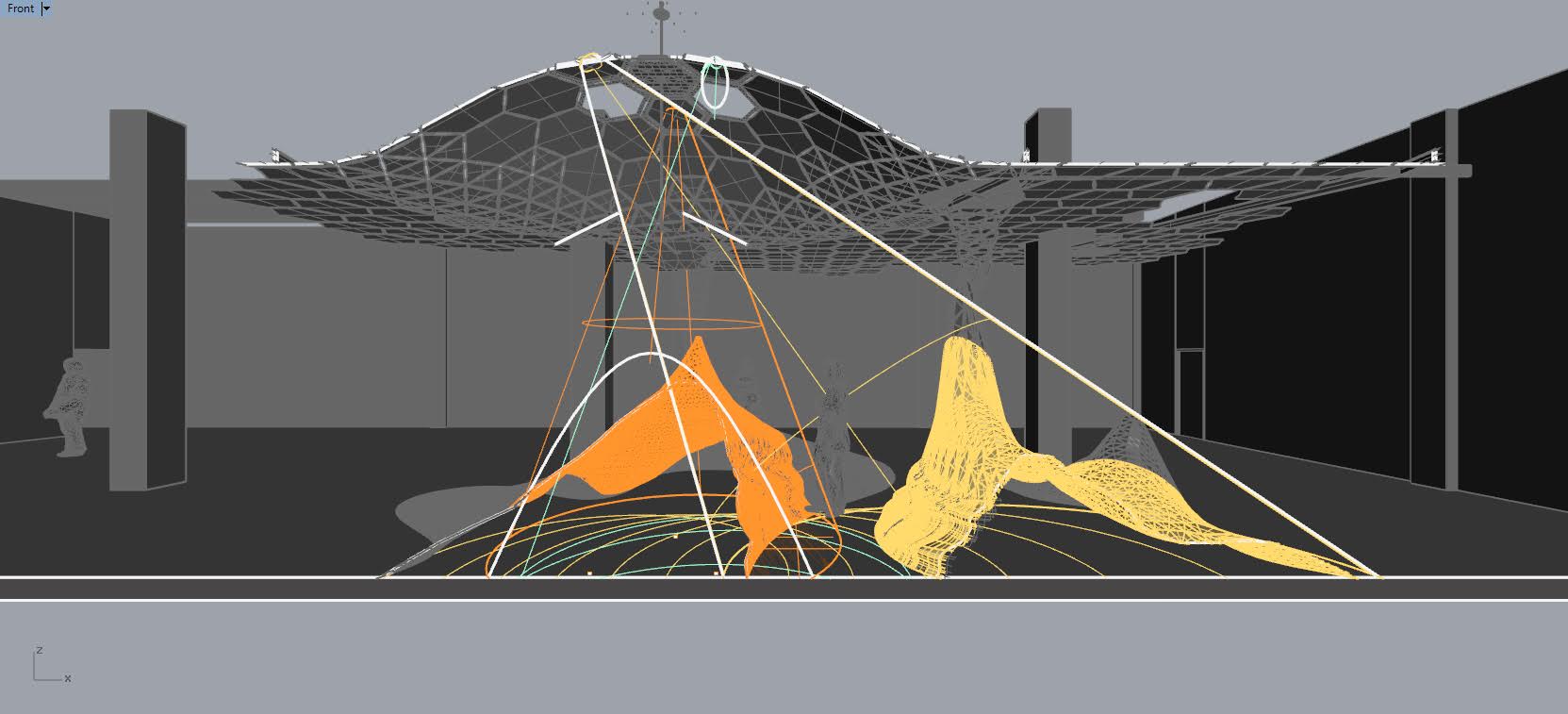
SunPortal and other daylighting technology startups are on the fringes of a broader effort to use technology to recreate the chemical and biological environment of Earth — in this case, its sunlight — in places where human life would otherwise be untenable. It’s a project that could end up having literally far-reaching implications, as NASA and the European Space Agency work to study how the human body could survive without the unique biological conditions of Earth, where our bodies flourish so perfectly. There are darker versions of that future, too, in which humans depends on artificial simulacra of Earth to survive on a planet damaged beyond repair.
Of course, the Lowline is just a park. But it’s a park that aspired to use a technology still in its infancy, and it could end up being a proving ground for other projects.
The Uncanny Outdoors
SunPortal’s founders reached out to the Lowline directly after their first campaign, offering to help them develop a workable design for the underground park — which must support the growth of plant life and grass.
“I hadn’t heard about them before,” said Ramsey, who is an architect by trade but is focusing on developing the hardware the Lowline will need to pipe in sunlight. “But they had a system and process that was perfectly suited to becoming what we had wanted to execute.”
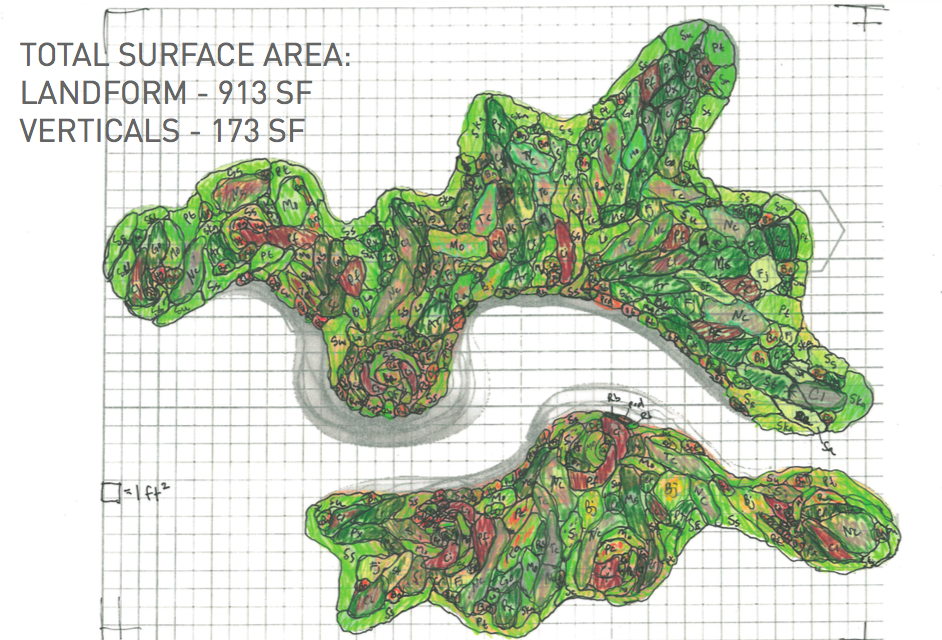
Originally, the duo had proposed using a daylighting technology that transferred sunlight through fibre optic cables, but since then, they have shifted their focus to Sunportal’s reflector-based technology. Ramsey has been to South Korea three times since then to look at the company’s technology and develop the altered version that the Lowline will theoretically use — which is currently being custom-built in South Korea.
So, how does SunPortal’s technology work? In the case of the Lowline, it will begin on the street level above the park, with huge sunlight collectors and parabolic dishes that concentrate that sunlight, made from silver and glass that help efficiently concentrate and reflect light and repel dust that would otherwise dim the intensity of the lumens. Then, a pipe full of roughly seven-inch-wide optical lenses reflects that light downward — until it reaches the park level, where it’s diffused through a fixture.

SunPortal says this technology can carry sunlight 200m in total, which is far deeper than the Lowline will need to go. At one of its projects in South Korea, the company installed 200m of daylighting in South Korea’s first hydroelectric power plant, which opened 35 years ago and includes vast underground workspaces that had to be lit artificially. Using a system of concentrators and lenses that’s similar to what the Lowline will use, Sunportal now illuminates those tunnels with 100 lux of light, which shimmers with an almost uncanny yellow-green light that’s shuttled through a clear pipe overhead.
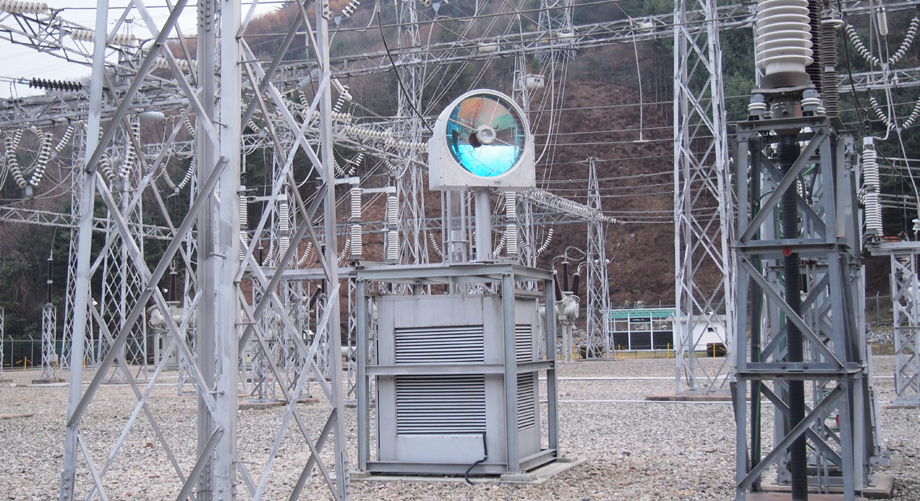
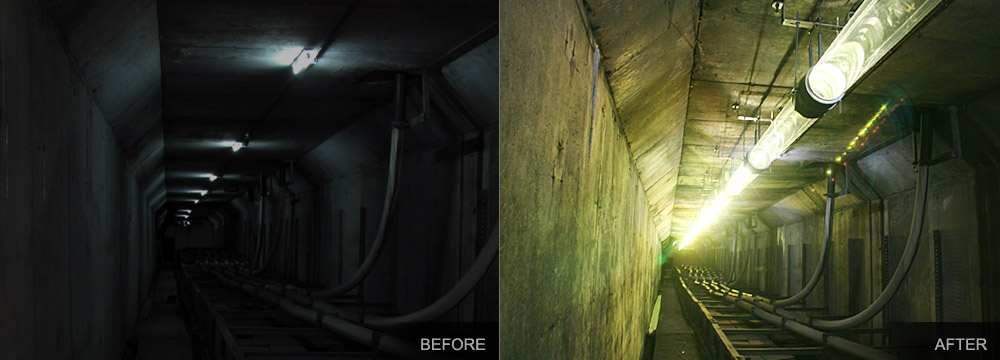
While the Lowline is staying relatively mum about how the team will alter Sunportal’s existing technology — after all, the new Kickstarter campaign will fund the lab where it will be developed and tested — Ramsey was able to tell me a bit about how it’s changing.
“The transmission will be roughly similar to their existing system, but without glowing polycarbonate output,” he writes. “The output will be completely our own design, using a combination of high performance lenses, reflective surfaces, and in-line electrical lighting for times of darkness.”
The Business of Selling Sunlight
Daylighting is a big business, and SunPortal isn’t the only company trying to sell it. Cities are getting denser, energy is getting more expensive, and “The tracking and materials technologies are still relatively new in many instances, and the AEC industry is perhaps not well acquainted with them,” says Ramsey, “but there are numerous cost-effective solutions on the market that can produce some very useful and spectacular effects.”
There’s CoeLux, an Italian startup with radical take on daylight, even for an industry that sounds straight out of a dystopian thriller.

It uses a simple LED, behind a screen of titanium dioxide nanoparticles — yep, the stuff that’s often used in sunscreen because it absorbs UV rays. It also scatters light in a way that’s very similar to our own atmosphere, a phenomenon known as Rayleigh scattering, which you’ll often hear explained as the reason the sky is blue.
CoeLux is selling its nanoparticle screens in three varieties, each calibrated to recreate the angle and warm of light in a different part of the world — tropical, mediterranean, and nordic. Seeing it in action, for instance at a radiological center in Italy, is an uncanny experience: It looks truly blue, as though you were sitting inside one of James Turrell’s famous skyspaces.
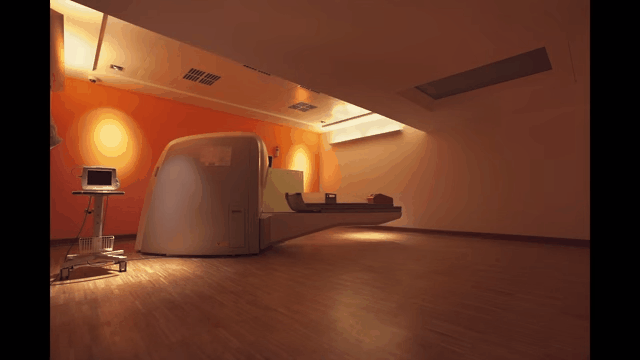
While Sunportal’s systems pipe in what you could call “real sun,” CoeLux is doing something far more eerie: Creating a near-perfect aesthetic simulacrum of the sky with completely artificial materials — no sun involved. Its founders point out that access to sun and sky is shown to have positive effects on health and mood, and the benefit of recreating those effects inside a hulking hospital or office is clear.
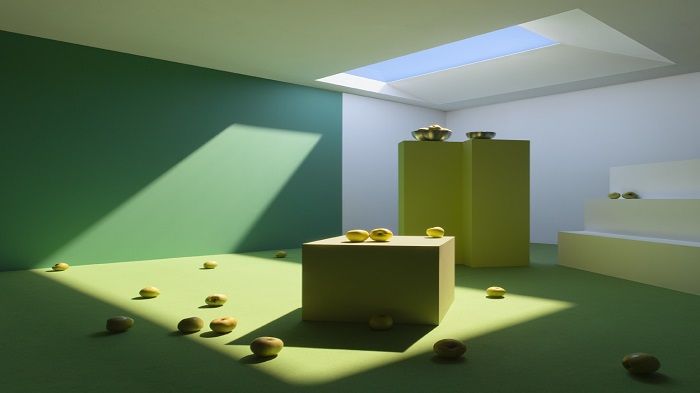
The question, then, isn’t whether we can fake sunlight — either by reflector or nanoparticle — it’s whether we can get over the cognitive dissonance of knowing that this sunlight isn’t coming directly from the sky. Reviewers of simpler daylighting systems on Amazon, which use mirrors to concentrate sunlight from a roof into windowless interior rooms, seem torn.
“I did find the colour of the light a bit sterile,” writes one. “I feel like pressure has been lifted from this low ceiling home,” says another.
For now, the Lowline team will keep fundraising — as of this post, they have blown past their goal of $US100,000. And even if it doesn’t usher in a new era of underground urban life, Ramsey and Barasch are seeing their experiment with natural daylighting through to its conclusion, which will serve as an important case study for designers and scientists working on related problems.
In a way, the old Williamsburg Trolley Terminal is the perfect location for their experiment: It was here that an old urban technology died, and here that they hope a new one will be born.
